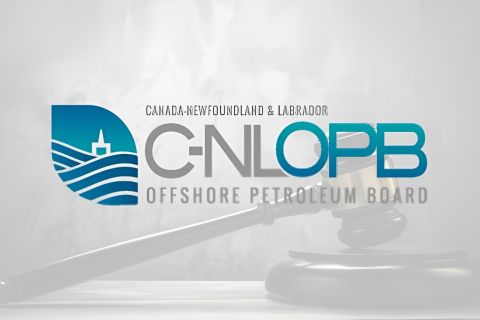Last month’s Offshore column took a look at yard activity and how two shipyards in Singapore are contending with the large number of jackups, semisubmersibles, and drillships being added to the global fleet. The numbers are enormous, but the drilling and production fleet is not the only one undergoing expansion. Order books at yards around the world reflect a surge in offshore supply vessel (OSV) newbuilds as well.
Researchers at Jeffries and Co. Inc. attribute this upswing in the OSV market in part to the rise in newbuild rig deliveries and in part to growth in the subsea and construction markets in areas such as Mexico, Brazil, West Africa, the Middle East, and India.
Jeffries and Co.’s “Offshore Supply Vessel Quarterly” reports that OSV utilization was at 100% in the Gulf of Mexico for the entire summer. Demand internationally is going up as well, with the North Sea reaching 97% utilization and numbers in the Asia-Pacific market nearly as high.
Growth in the number of subsea installations and the move to deepwater are pushing up the number of newbuild multipurpose service vessels (MPSVs) as well. According to the report, there were 101 MPSVs and remotely operated vehicles/subsea support vessels on the books as of August, 2008, compared to 76 at the same time last year. The 33% growth in the course of 12 months, the study says, indicates “industry confidence in the growing demand story for multifunctional vessels.”
Interestingly, many of the newbuilds in this category surpass their predecessors in size and capability. Statistics show that MPSVs being built by the top 10 builders (defined by Jeffries as those with the largest number of vessels on their books) have more than twice the deadweight tonnage (dwt) of the high-end vessels in the existing fleet.
Norway’s Havila Shipping ASA, ranks fourth in terms of average dwt for its OSV fleet, took delivery of the 3,000 dwt Havila Neptune anchor-handling tug and supply vessels (AHTS) in April, 2008, bringing the total number of AHTSs to nine. The company has seven PSVs, three subsea construction vessels, and two rescue recovery vessels as well.
In the same month, Ezra Holdings, also among the top 10 builders, took delivery of the 3,000 dwt Lewek Toucan AHTS.
In a report released in late October, Ezra said the company’s net attributable profit rose considerably in 2008 to US $175.4 million, an increase of 157% year-on-year. Strong offshore chartering and fabrication engineering markets were the main factors behind improved performance.
“Demand in the offshore support services market is still firm and presents good opportunities for owners with available tonnage. Against this extremely tight market situation, Ezra remains committed to our fleet expansion program, and we will continue to provide value-added services to our clients,” said Lionel Lee, Ezra’s managing director. The company plans to take delivery of two large AHTS and one ultra-deepwater MPSV over the next 18 months. This will help to position the company to take advantage of what Lee called, a “severe shortage of all types of offshore support vessels.”
Ezra is joined by a number of other companies like Edison Chouest in Louisiana, Norway’s Bourbon Offshore and DOF Subsea, and Trico Marine, headquartered in Houston, that are expanding their fleets in an attempt to fill the serious shortage of OSVs.
The shortage is real, and the potential profit is great, which means the OSV fleet will continue to expand over the next few years.
Recommended Reading
Marketed: Wylease AFE Asset Packages in Johnson County, Wyoming
2024-04-29 - Wylease LLC has retained EnergyNet for the sale of three Niobrara Shale AFE (authorization for expenditure) packages in Johnson County, Wyoming.
M&A Spotlight Shifts from Permian to Bakken, Marcellus
2024-04-29 - Potential deals-in-waiting include the Bakken’s Grayson Mill Energy, EQT's remaining non-operated Marcellus portfolio and some Shell and BP assets in the Haynesville, Rystad said.
Chevron CEO: Permian, D-J Basin Production Fuels US Output Growth
2024-04-29 - Chevron continued to prioritize Permian Basin investment for new production and is seeing D-J Basin growth after closing its $6.3 billion acquisition of PDC Energy last year, CEO Mike Wirth said.
E&P Highlights: April 29, 2024
2024-04-29 - Here’s a roundup of the latest E&P headlines, including a new contract award and drilling technology.
C-NLOPB Issues Call for Bids in Eastern Newfoundland
2024-04-29 - Winners of the Call for Bids No. NL24-CFB01 will be selected based on the highest total of money the bidder commits to spend on exploration of a parcel during the first six years of a nine-year license.




